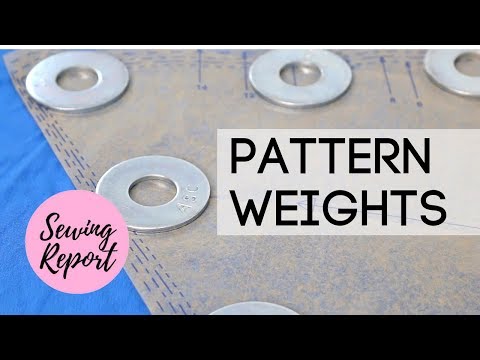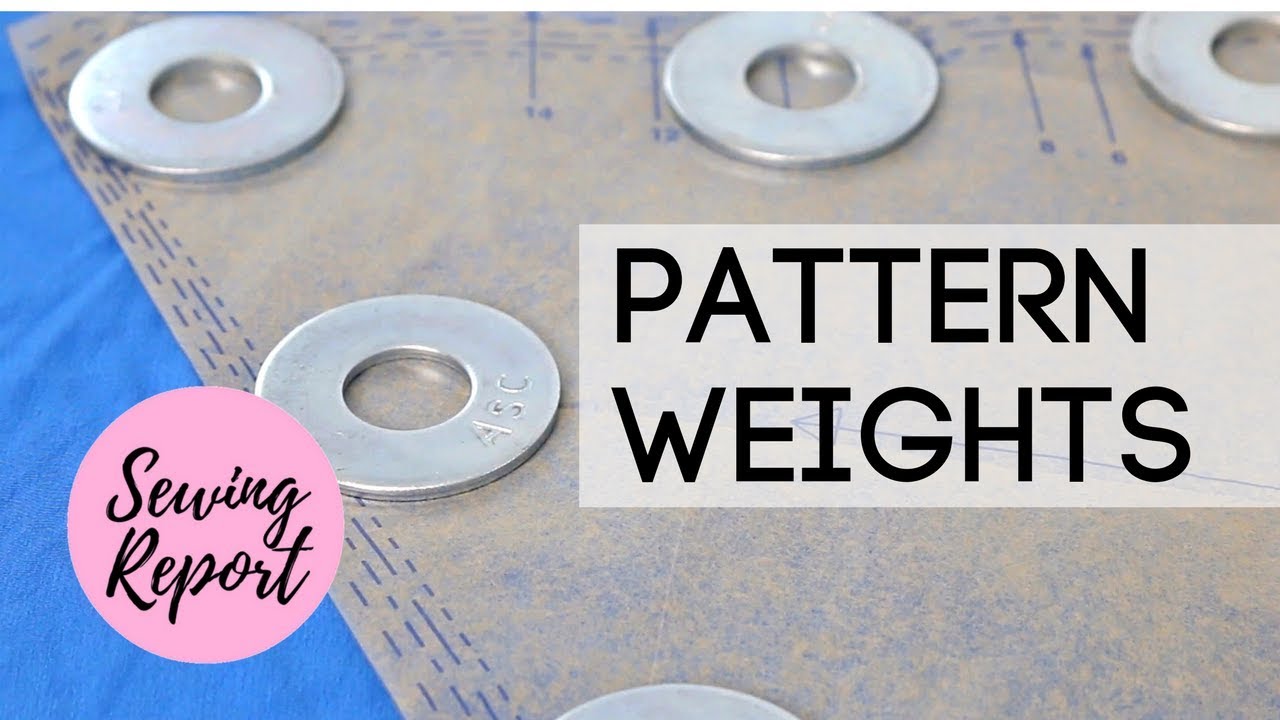Weights for fabric play a pivotal role in determining the overall look and feel of a garment. From feather-light fabrics that gracefully drape around the body to sturdy materials that provide structure and support, the weight of a fabric can significantly impact the outcome of a design. Whether you’re a fashion enthusiast or a professional designer, understanding the diverse range of fabric weights available can fuel your creativity and inspire new possibilities.
Imagine the sheer elegance of a flowing evening gown crafted from silky and ethereal chiffon, delicately swaying with every step. Or picture the confidence exuded by a tailored suit made from crisp and substantial wool, commanding attention in any boardroom. The weight of a fabric not only affects its drape and structure but also influences its suitability for different seasons and occasions.
Exploring the vast world of fabric weights can open up a realm of design choices, allowing you to experiment with the perfect balance of comfort, style, and functionality. Whether you’re seeking lightweight fabrics for breathable summer dresses or heavy-duty textiles for durable upholstery, understanding the nuances of fabric weights empowers you to create garments or home décor pieces that truly stand out.
So, dive into the realm of fabric weights, and unlock a world of endless possibilities to elevate your creative pursuits. With each fabric weight offering its unique characteristics, you’ll find yourself irresistibly drawn to the limitless potential that lies within the art of choosing the perfect weight for your next project.

The Importance of Understanding Fabric Weights
When it comes to choosing fabrics for various projects, understanding fabric weights is essential. The weight of a fabric refers to how heavy or light it is, and this can have a significant impact on the overall look and feel of the finished product. Whether you are a fashion designer, a DIY enthusiast, or simply someone who appreciates quality textiles, knowing about fabric weights can help you make informed decisions and create stunning pieces. In this article, we will delve into the world of fabric weights and explore five important factors to consider.
Fabric Weight Categories
Fabric weights are typically categorized into three main groups: light, medium, and heavy. Light fabrics are often sheer or translucent, and they are ideal for creating delicate and breezy garments such as summer dresses or scarves. Examples of light fabrics include chiffon, organza, and voile.
Medium-weight fabrics strike a balance between light and heavy options. They are versatile and can be used for a wide range of projects, from clothing to home decor. Fabrics like cotton, linen, and wool fall into this category. They provide more structure and warmth than light fabrics, making them suitable for all seasons.
Heavy fabrics are typically thick and durable. They are commonly used for items like upholstery, coats, and blankets. Denim, canvas, and wool felt are examples of heavy fabrics. These fabrics offer excellent insulation and durability, making them ideal for colder climates and high-traffic areas.
Factors Affecting Fabric Weight
Several factors can influence the weight of a fabric:
Fiber Content: Different fibers have varying densities, which directly affect the weight of the fabric. For example, silk is a lightweight fiber, while wool is heavier. It is essential to consider the fiber content when selecting fabrics for specific projects.
Weave: The way the yarns are woven together can also impact the weight of the fabric. A tight weave will result in a heavier fabric, while a looser weave will create a lighter fabric. Twill weaves, for instance, tend to be heavier than plain weaves.
Finish: The finishing processes applied to the fabric can alter its weight. Chemical treatments, such as sizing or coating, can add weight to the fabric. Additionally, certain finishes, like mercerization, can change the drape and hand feel of the fabric without significantly affecting its weight.
Considerations for Choosing the Right Weight
Choosing the right fabric weight is crucial to ensure the success of your project:
Function and Intended Use: Consider the purpose of your project. Will the fabric be used for clothing, home decor, or accessories? Lighter weights are typically preferred for summer garments, while heavier weights are more suitable for winter clothing or upholstery.
Drape and Structure: The weight of a fabric can heavily influence its drape and structure. Lighter fabrics tend to have more fluidity and movement, while heavier fabrics provide more structure and stability. Consider the desired silhouette and style of your project.
Climate: Take into account the climate in which the finished product will be used. Lighter fabrics are ideal for hot and humid climates, while heavier fabrics offer insulation and warmth in colder environments.
How to Determine Fabric Weight
When shopping for fabrics, it can be helpful to have a general idea of their weight:
Physical Inspection: Feel the fabric between your fingers. Is it lightweight and airy, or does it feel heavier and denser? Trust your tactile senses to gauge the weight of a fabric.
Fabric Label: Many fabrics come with labels that indicate their weight. Look for terms like “lightweight,” “medium-weight,” or “heavyweight” to get an idea of the fabric’s weight category.
Online Research: If you are purchasing fabric online, read product descriptions and customer reviews. Often, customers will mention the weight of the fabric in their reviews, providing valuable insights.
Conclusion
Understanding fabric weights is crucial for anyone working with textiles. Whether you are designing clothing, creating home decor, or embarking on a DIY project, the weight of the fabric will greatly impact the final result. By considering factors such as fiber content, weave, and finish, you can make informed decisions about which weight is best suited for your needs. Remember to consider the function and intended use of the fabric, as well as the climate and desired drape. With this knowledge, you can confidently select the perfect fabric weight for your projects and achieve stunning results.
DIY Pattern Weight Hacks: Affordable & Effortless Solutions
List of Fabric Weights:
Weights for Fabric
| Fabric Type | Weight (in grams per square meter) |
|---|---|
| Cotton | 100-200 gsm |
| Silk | 5-40 gsm |
| Wool | 200-350 gsm |
| Linen | 150-300 gsm |
| Polyester | 60-150 gsm |
As an expert in textiles, understanding the weight of fabric is crucial in determining its suitability for different purposes. The weight of fabric is typically measured in grams per square meter (gsm), which indicates the density and thickness of the material.
For instance, cotton fabric usually falls within the range of 100 to 200 gsm, making it versatile for various applications. On the other hand, silk fabric is notably lightweight, ranging from 5 to 40 gsm, making it perfect for delicate garments and luxury items.
Wool fabric, known for its warmth and durability, typically weighs between 200 and 350 gsm, providing excellent insulation properties. Linen, a popular choice for breathable and lightweight garments, falls within the range of 150 to 300 gsm.
Polyester fabric, valued for its wrinkle-resistance and easy-care properties, generally weighs between 60 and 150 gsm, making it suitable for a wide range of applications from clothing to home textiles.
Understanding the weight of fabric allows designers, manufacturers, and consumers to make informed decisions based on the intended purpose of the fabric, ensuring optimal performance and satisfaction.

